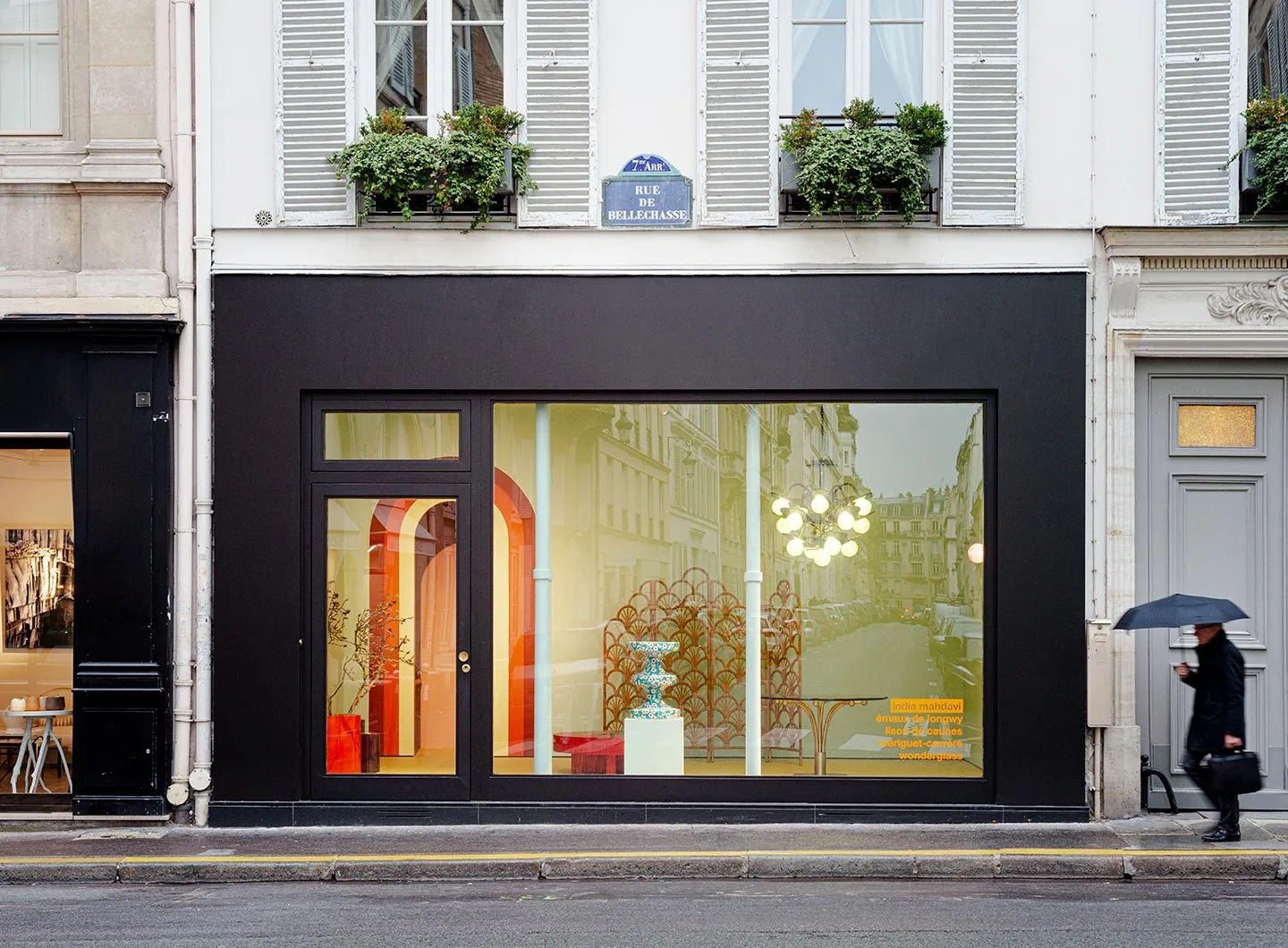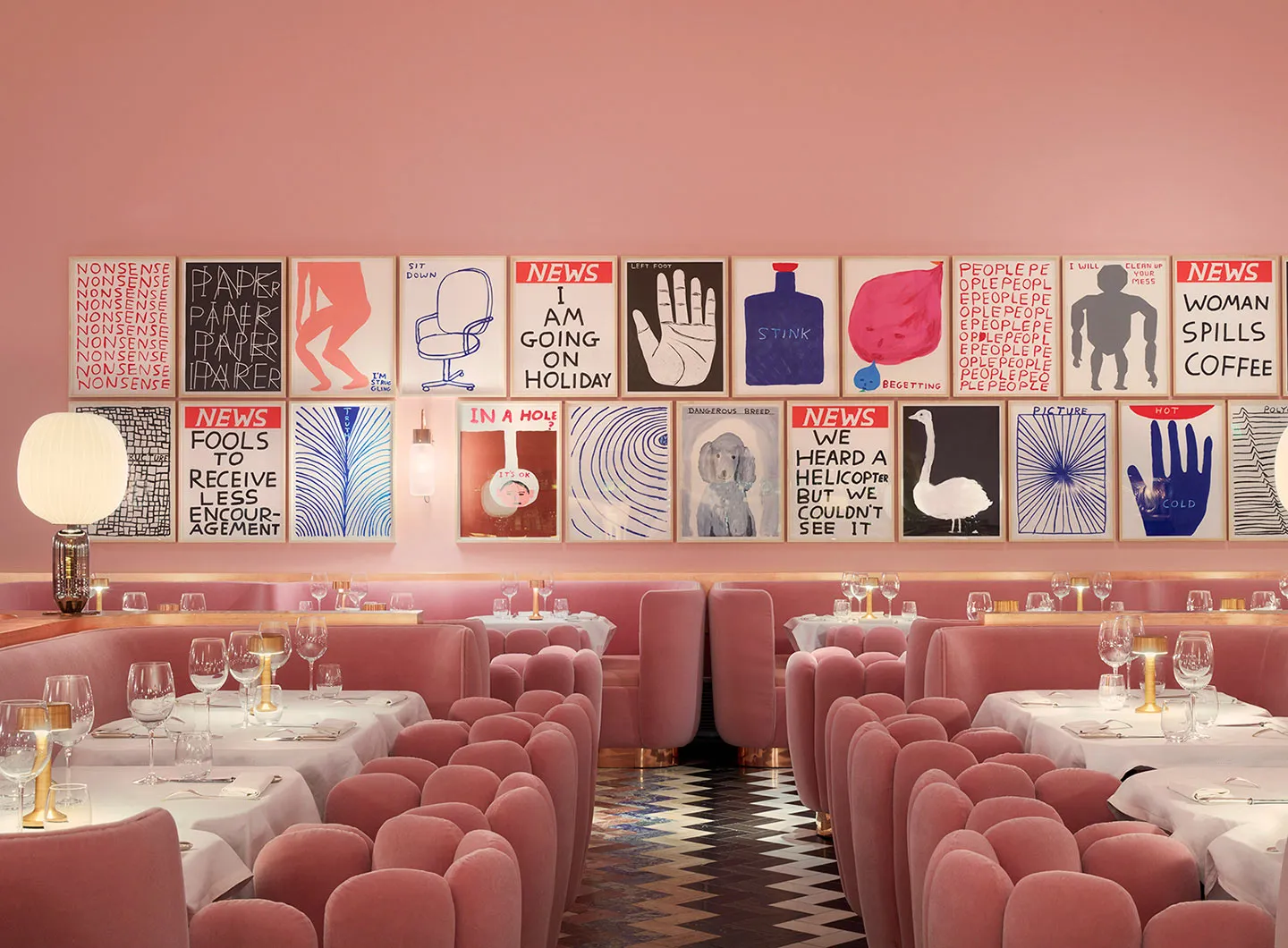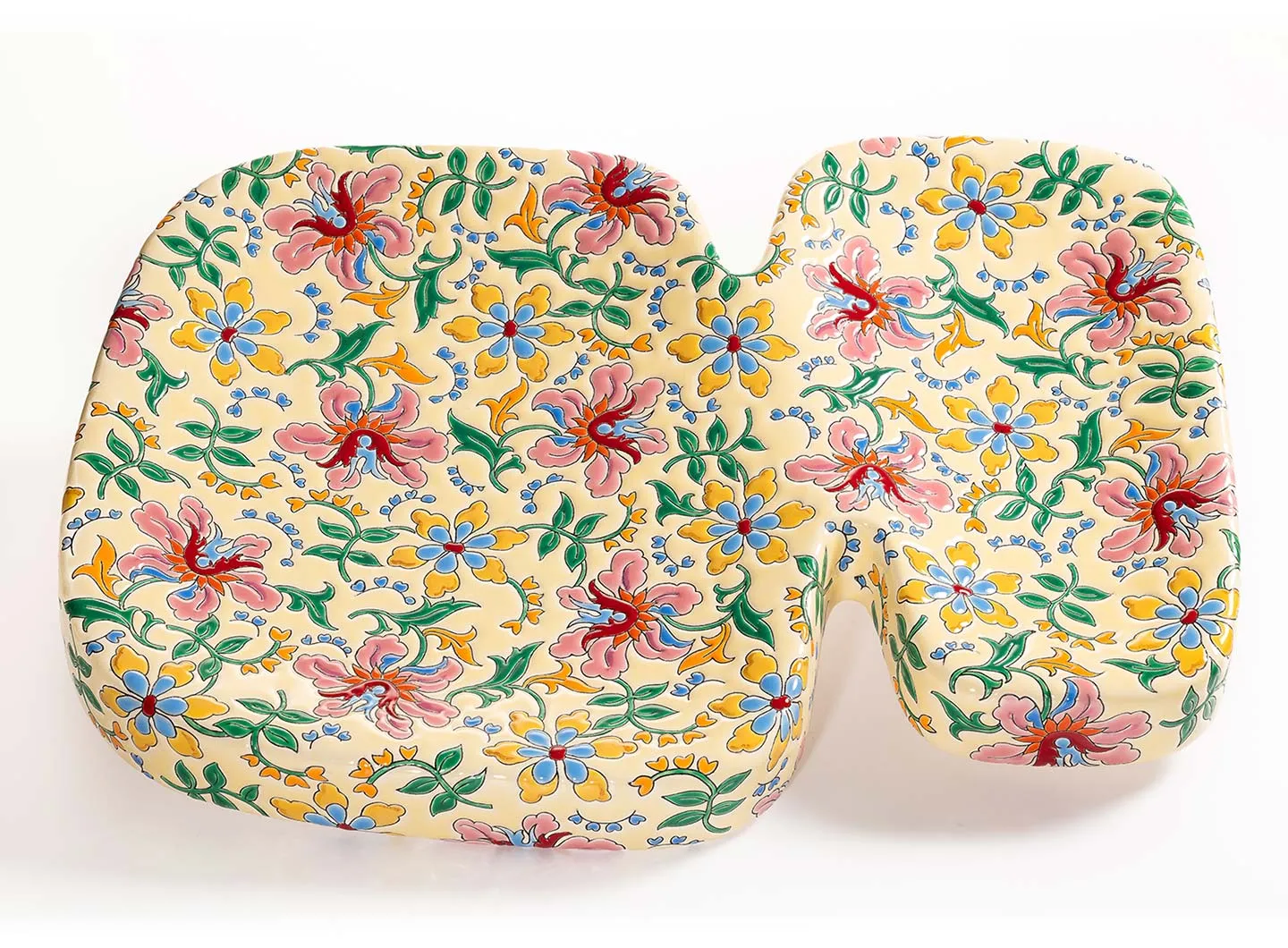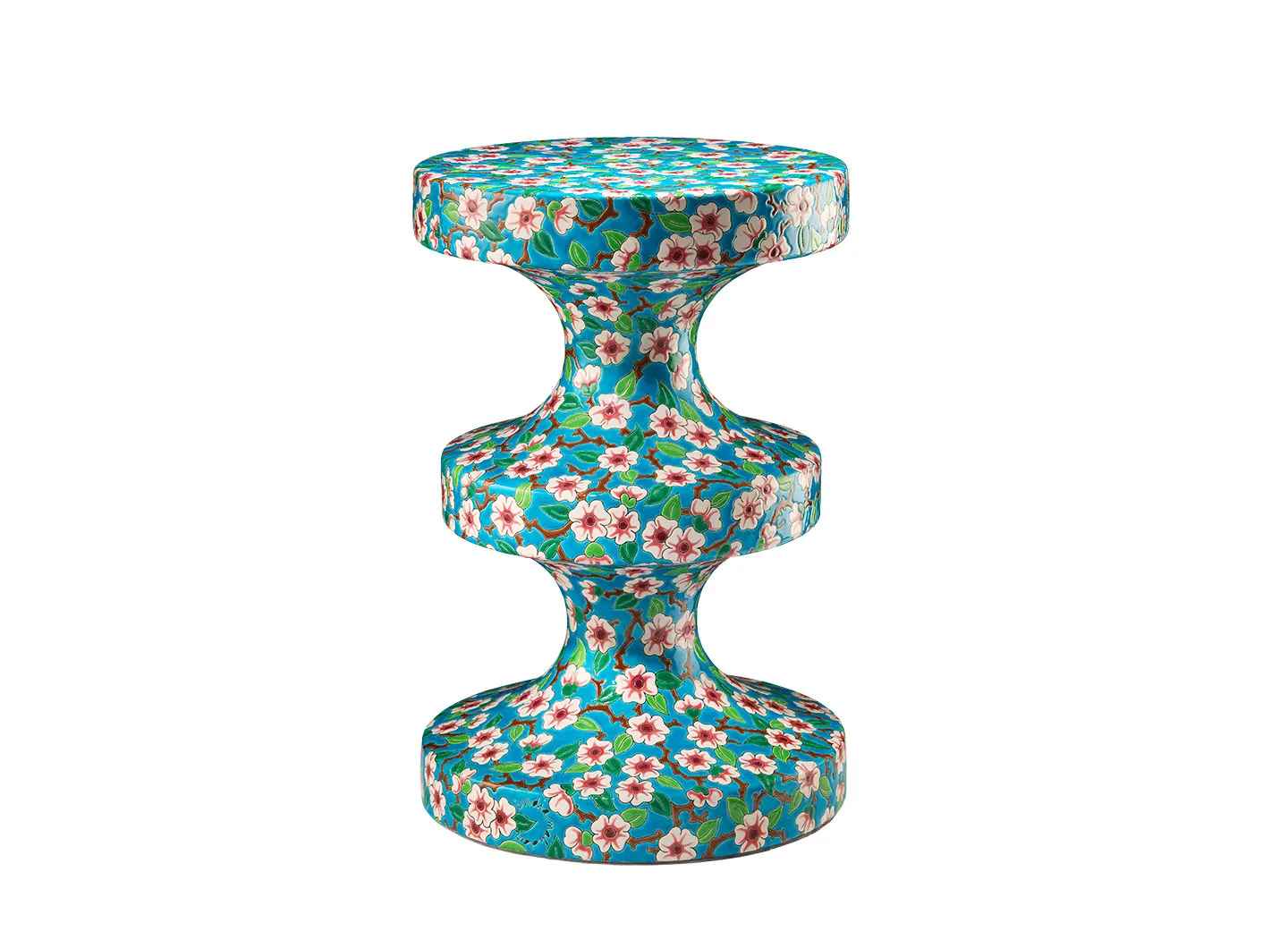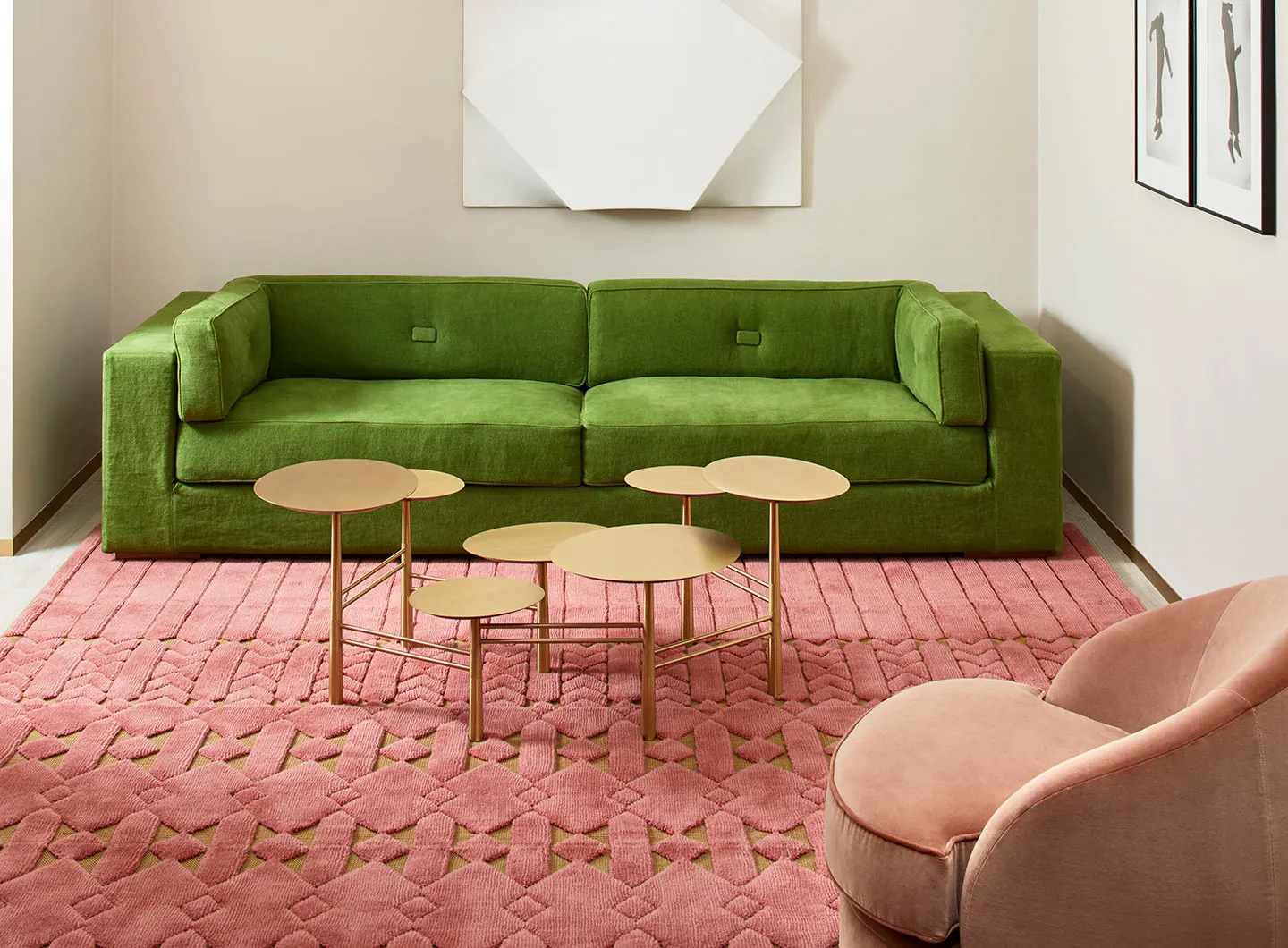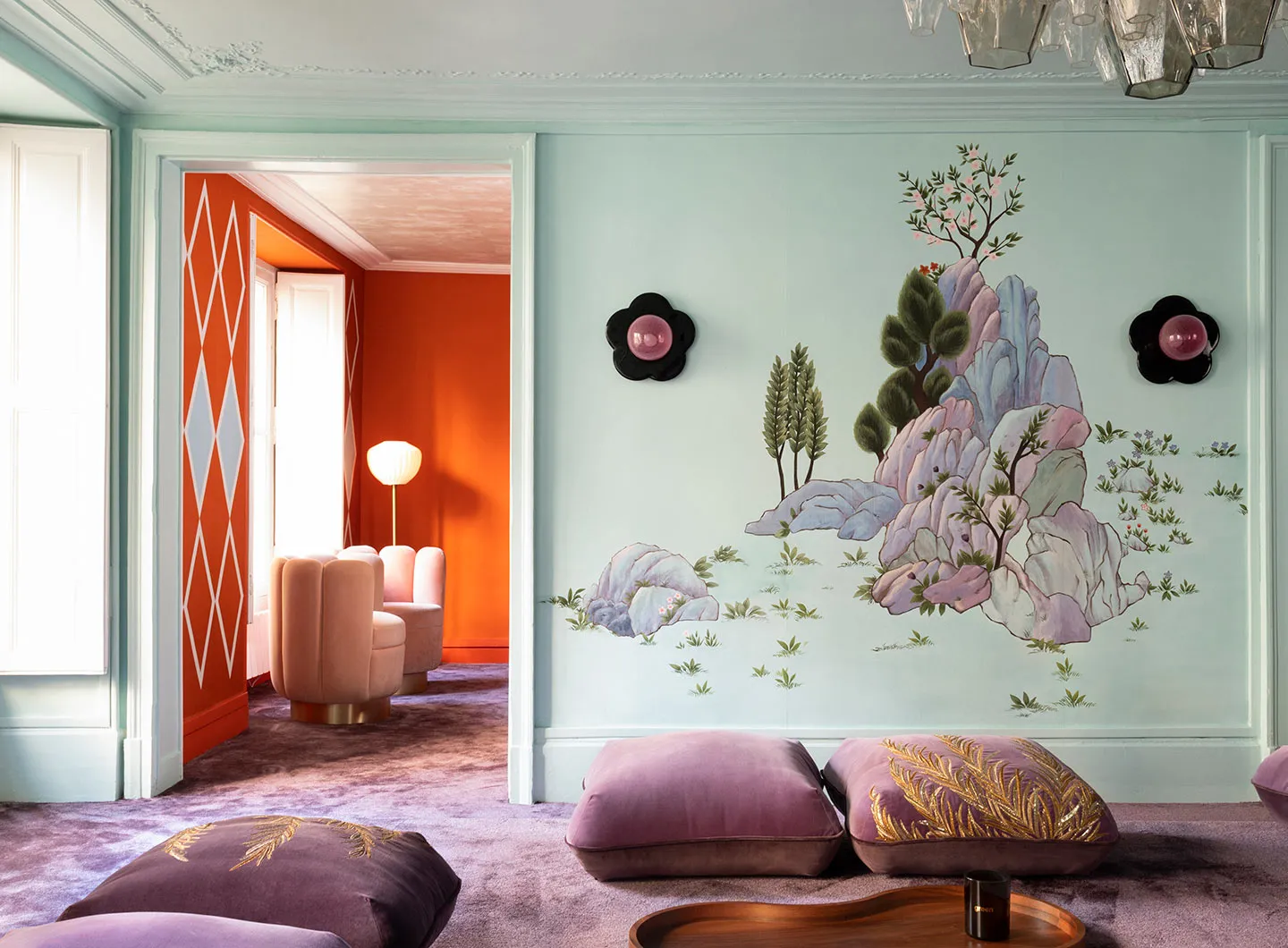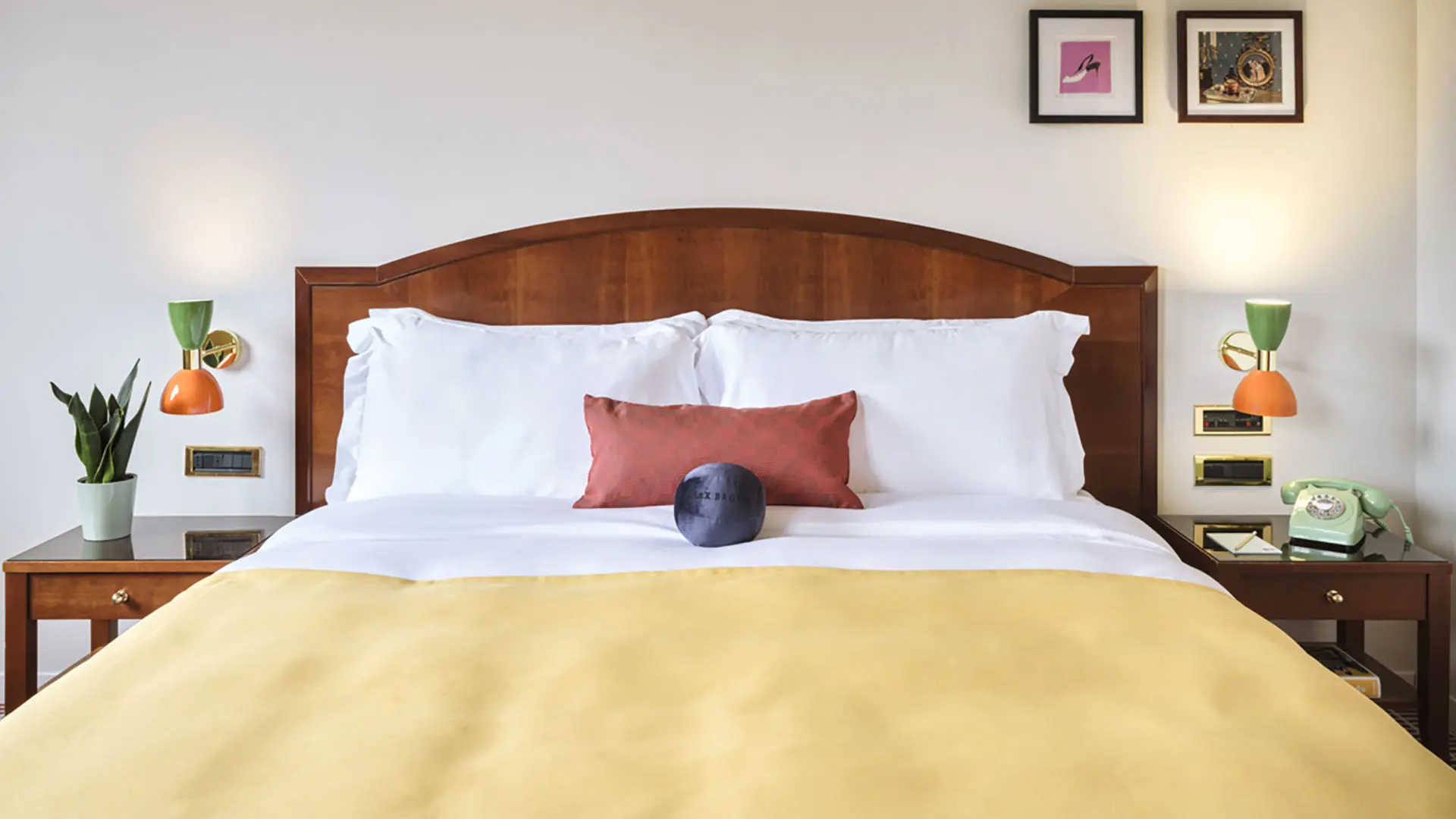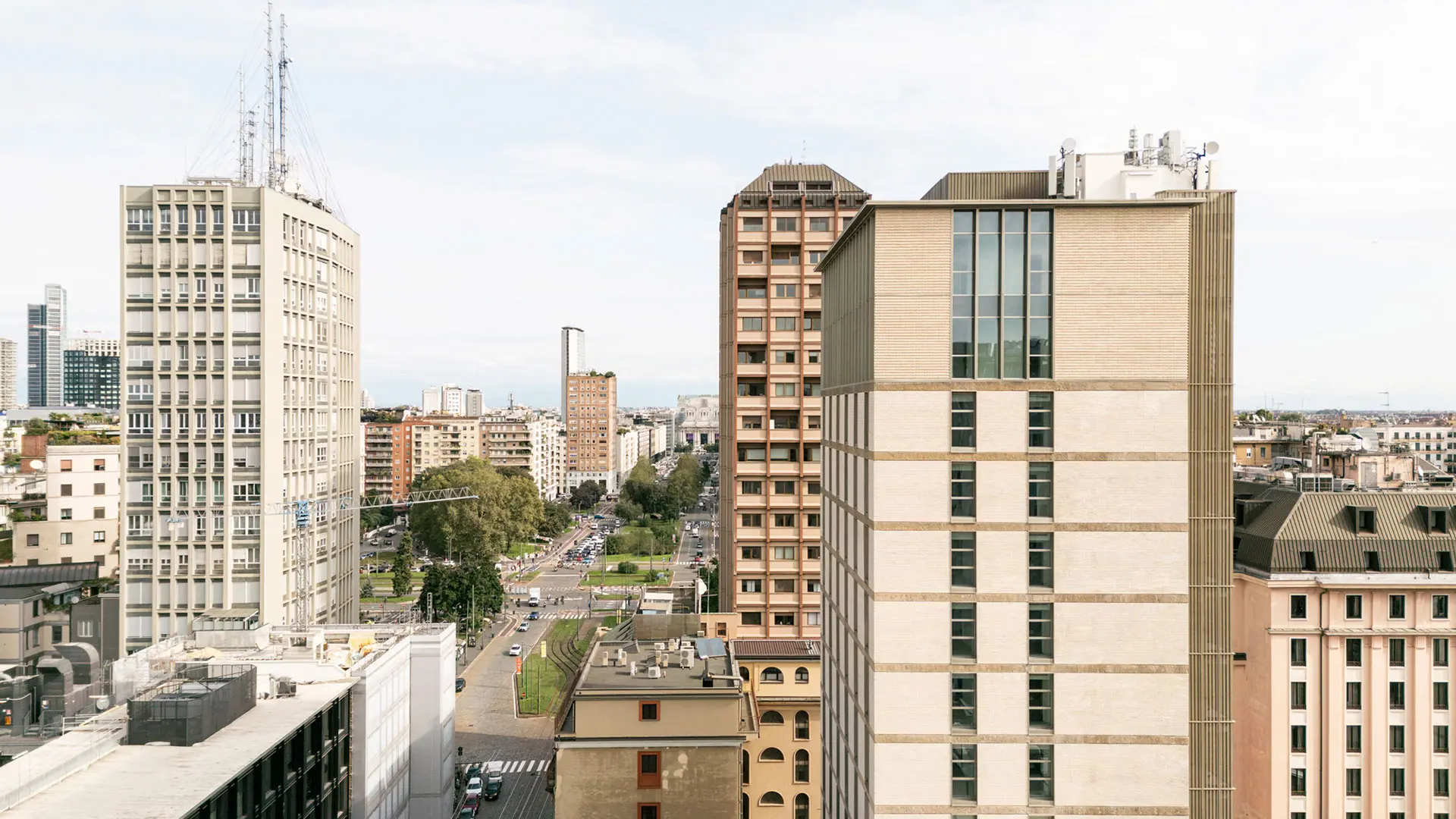In partnership with MiCodmc, a selection of establishments ripe for discovery during the 63rd edition of the Salone del Mobile.Milano, from 8th to 13th April
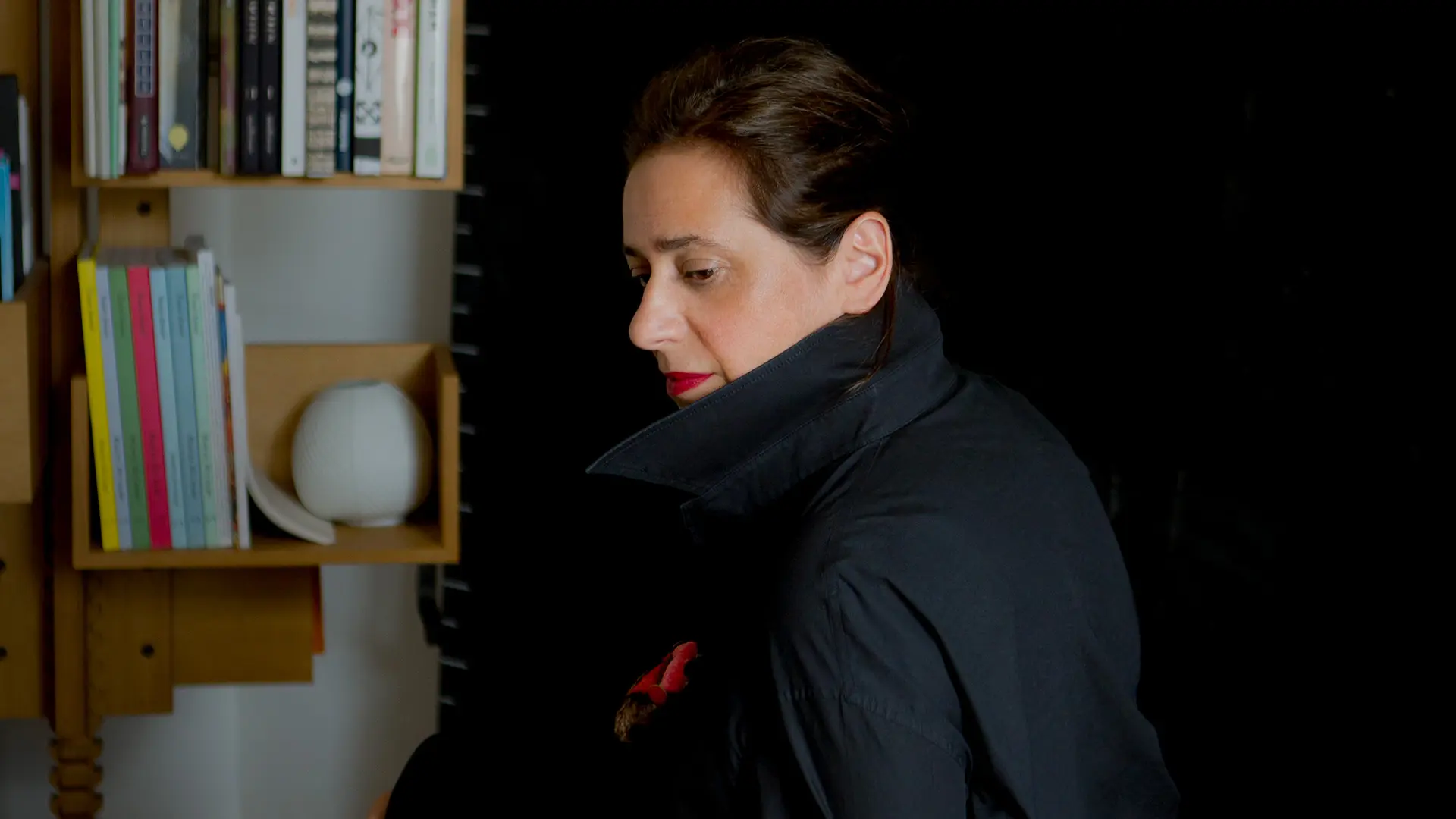
India Mahdavi
Cosmopolitan by inclination, an eclectic visionary with a feel for pop yet refined colours, narration is key to all the French designer's projects
From Tehran, where she was born, to Paris, where she lives, the life of India Mahdavi has been a long journey filled with experiences, encounters and places. An approach to life that has shaped her cosmopolitan, polyglot and crosscutting, not to mention boldly coloured, style. Objects, textiles, furniture and interiors throb with passion and energy, with no holds barred when it comes to diversity of materials and highly sophisticated finishes. It is a world contained between the pages of many company catalogues, but especially in her Petits Objets boutique in Rue Las Cases in Paris, which she has curated and filled with creativity since 2012. Now, crowning a twenty-year career, her first monograph is about to be published.
Thanks to social media, visuals are stronger than ever. I have always created photogenic spaces because of my cinematographic references, and I have trained my eye to work like a camera. That said, a perfect image alone is not enough to create a living space. Nothing can replace life itself.
I’ve always envisioned my profession as multidisciplinary: architecture, interior design, furniture and product design, film, decorative arts, graphics and pop culture – I adapt the medium I need to express myself. As a teenager, my dream was to become a film director— and I remember that as a student, I spent a year going to the cinema three times a day. Nowadays, I’m still inspired by the dream of being a director. When I start a new project, the narrative comes first. There’s the screenplay, and then there’s the set. I’ve just opened a new space in Paris, a project room. A multidisciplinary space that brings together many different fields and talents … It’s like my own film set where I can stage my ideas and my visions. It’s a personal mise en scene …
Beauty lies in truth. Beauty in design used to be about the relationship between form and function. But today that’s not enough. Materiality, sustainability, carbon footprint, recycling … we need to think 360° when we design a product, from its genesis to its afterlife. A form of sincere beauty. Real beauty is grace – grace and poetry. To me, poetry can be found when the might of the hand and the imagination come together. As Aristotle said: “The hand is the tool of tools.” That’s why I always try to honour fine craftsmanship in my work.
There are no rules. For example, for the Sketch in London (a restaurant in Mayfair, Ed.) pink came first. I designed the space around the colour. But in general, some locations call for certain colours. You can’t just put any colour anywhere. I’m always trying to find “la couleur juste”: the perfect dialogue between a colour and a space. Again, beauty lies in truth, it needs to be an authentic dialogue.
Life has become hard over the past months. The pandemic has forced us to stay indoors, and to reconsider how we live at home. I instinctively design spaces that speak to all the senses and I use a form of synaesthesia that is specific to spaces. In other words, I naturally associate a colour or a texture with a space - it’s not just about physical comfort but also about conveying a visual and emotional experience.
My alphabet of forms originates from a familiar landscape. Those forms belong to our everyday life, to our shared memories, our childhood. For example, my Charlotte armchair is not just an object. It’s a delicious and nostalgic distillation of childhood pleasure.
For 20 years, I have mostly worked with French artisans. France is not a country renowned for its industry in this field in the same way as Italy. However, it does have a rich tradition of decorative arts and craftsmanship. Recently I worked with the La Manifacture Cogolin, a rug company based in the South of France, which carries forward a unique skill, and I launched a limited edition of my Bishop stool with Émaux de Longwy. Longwy is known for its detailed cloisonné enamel technique, dating back to 1798. I try to establish an authentic dialogue between this specific skill and myself.
Of course - location is the starting point. It defines the singularity of every space. It shapes its identity. I would never conceive the same interior in London, Miami or Mexico. Exploring and diving into different cultures stops me becoming redundant, it enriches my vocabulary and allows me to surprise myself with unknown aesthetics. It’s blank page.
The diversity of projects, from public to private spaces.
The diversity of scale, from rings to buildings.
The diversity of my client base, from luxury brands to brands that attract a wider audience.
The social aspect of my work is very important too, meeting people and working within a team
In two words: flexibility and communion.
I think you have misunderstood my point. It’s not about budget. I like to create beautiful affordable luxury. Why should inexpensive designs be ugly? Beauty should be democratic.
With the help of Beda Achermann and his studio, we delved deep into my world and my work process. The monograph will reflect what happens behind the scenes. It reveals how all the worlds I have designed over more than twenty years have come to fruition.

In memoriam: David Lynch
The American director has left us at the age of 78. The Salone del Mobile.Milano had the honor of working with him during its 62nd edition, hosting his immersive installation titled “A Thinking Room”. An extraordinary journey into the depths of the mind and feelings. His vision will continue to be a source of inspiration.



 Exhibitions
Exhibitions
